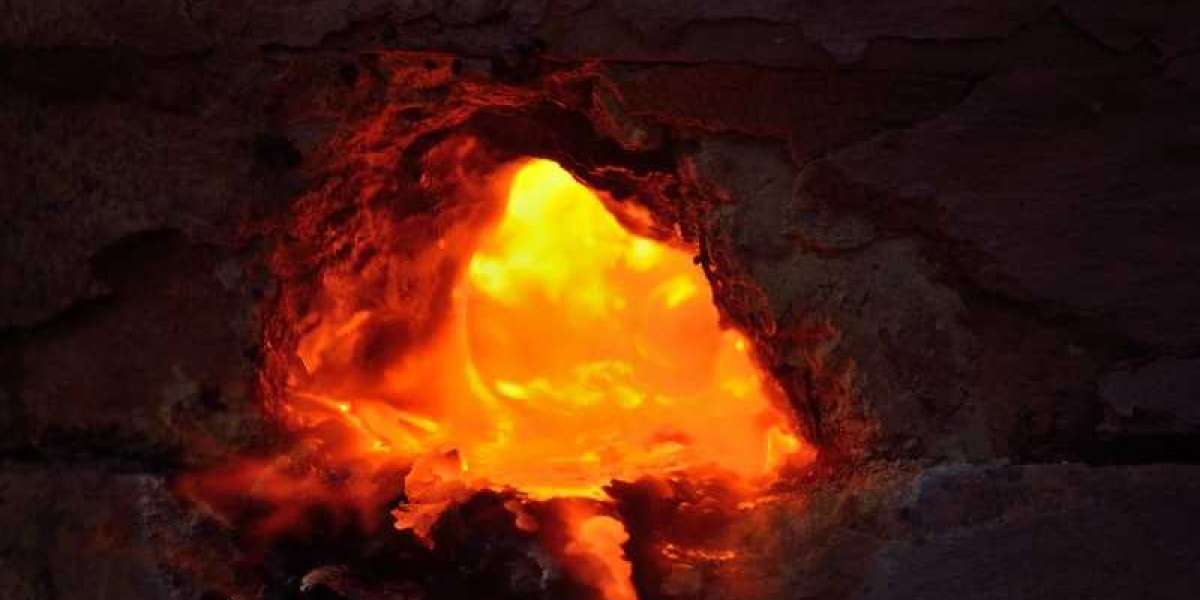Cast iron is a group of iron-carbon alloys with a carbon content greater than 2%. These alloys are commonly used in the production of a wide range of industrial and consumer products, such as machine parts, pipes, stoves, and cookware. Cast iron is known for its durability, thermal conductivity, and low cost, making it a popular choice for many casting iron.
The casting process involves pouring molten metal into a mold and allowing it to cool and solidify into the desired shape. Cast iron can be produced using a variety of casting methods, including sand casting, investment casting, and die casting. Each of these methods has its own advantages and disadvantages, depending on the application and desired properties of the cast iron.
Sand casting is one of the most common casting methods used for producing cast iron parts. In this process, a pattern is created from a wooden or metal model of the part, which is then used to create a mold cavity in a mixture of sand and clay. Molten iron is poured into the mold cavity and allowed to cool and solidify. Once the casting has solidified, the mold is broken apart and the part is removed. Sand casting is a versatile and cost-effective method of producing cast iron parts, and can be used to produce parts of a wide range of sizes and shapes.
Investment casting, also known as lost-wax casting, is another casting method commonly used for producing cast iron parts. In this process, a wax model of the part is created and coated in a ceramic shell. The shell is heated to melt the wax and create a mold cavity, which is then filled with molten iron. Once the casting has solidified, the ceramic shell is broken apart and the part is removed. Investment casting is a highly precise and repeatable method of producing cast iron parts, and is often used for producing complex parts with intricate details.
Die casting is a high-pressure casting method used for producing small, complex parts with tight tolerances. In this process, molten iron is injected into a steel mold at high pressure, which is then cooled and ejected from the mold. Die casting is a highly efficient method of producing cast iron parts, and can be used to produce large quantities of parts with consistent quality.
Cast iron is known for its excellent thermal conductivity, which makes it an ideal material for use in cookware and other heat transfer applications. The high carbon content in cast iron also gives it excellent wear resistance and the ability to withstand high temperatures without deformation. Cast iron is also highly resistant to corrosion and has good damping properties, making it an ideal material for use in machine parts and other industrial applications.
One of the main disadvantages of cast iron is its brittleness, which can make it prone to cracking and breaking under stress. However, this can be mitigated by adding alloying elements such as silicon, manganese, or nickel to the cast iron, which can improve its strength and toughness. The carbon content of cast iron can also be adjusted to achieve specific properties, such as increased hardness or improved machinability.
In conclusion, cast iron is a versatile and cost-effective material that is widely used in a variety of industrial and consumer applications. The casting process allows for the production of complex shapes and sizes with excellent thermal conductivity, wear resistance, and corrosion resistance. While cast iron can be prone to brittleness, this can be mitigated through the addition of alloying elements and adjusting the carbon content.








